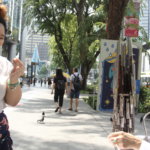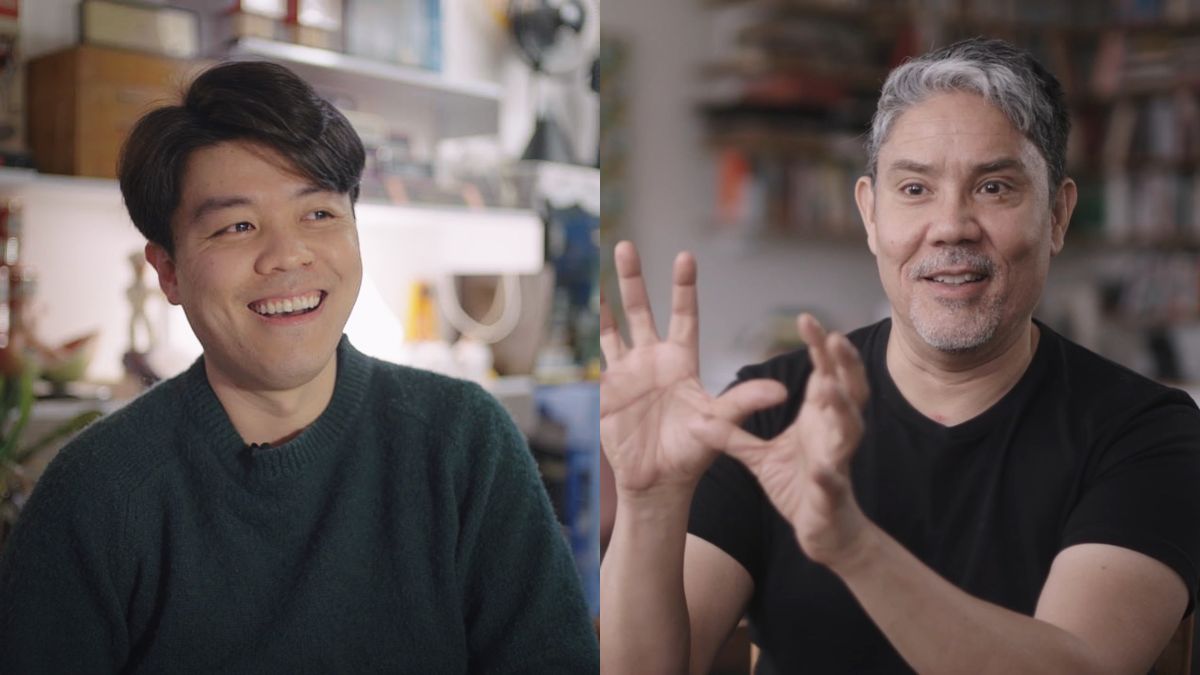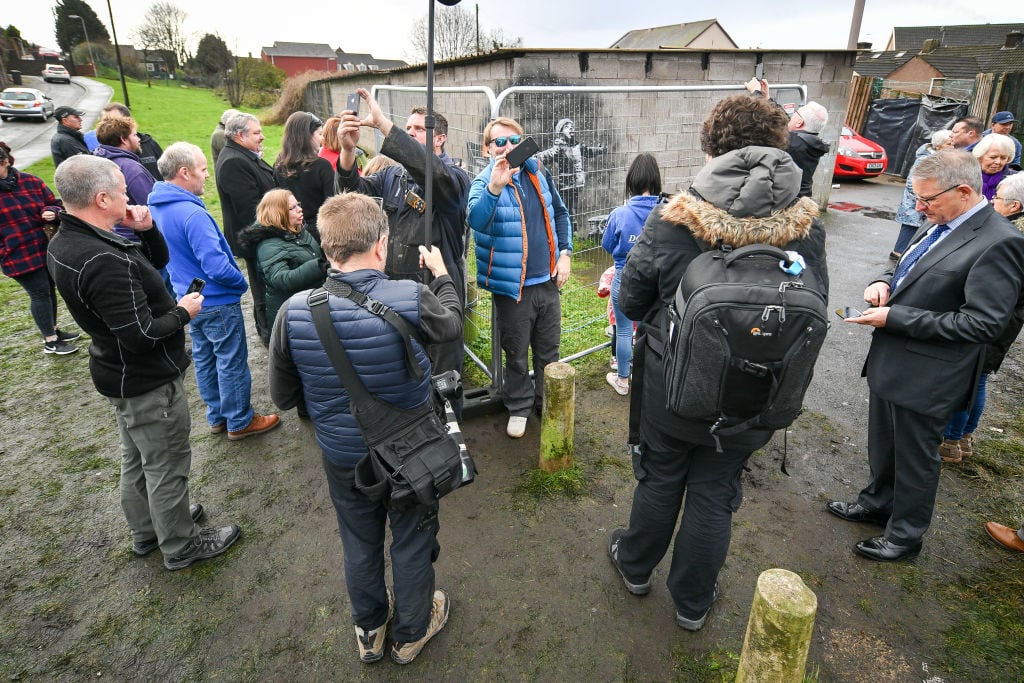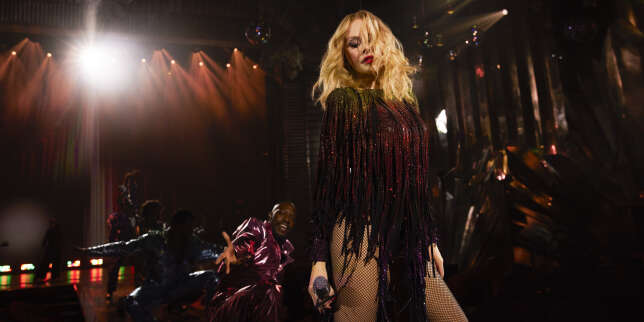First Born
2019 - Sculpture (Sculpture)
33 x 22.9 x 22.9 cm
Rachel Rose
First Born by Rachel Rose is part of a series of works titled Borns which expands on the artist’s longstanding interest in the organic shape of eggs. For this sculpture made of rock and glass the artist has created a milky glass-blown shape, almost like fabric in its form, which is draped over a metallic rock in the shape of an egg. For the artist, the egg is an alchemical symbol that is representative of conception and birth. Alchemical literature, such as the Chymical Wedding of Christian Rosenkreutz (1616) by the German author Johannes Valentinus Andreae informed the artist’s choice of hybridizing elemental substances from the earth. Though the separate elements of this work may appear texturally and aesthetically discrete in their material composition, this sculpture is actually made from a single material—sand—in two different physical and temporal states. Both glass and rock are made of sand; the former is liquid sand and the latter is sand that has been compressed over thousands of years. The temporal relationship between materials in this series of sculptures positions the egg as an analogy for conception; a vessel from which creation derives.
Rachel Rose is a visual artist known for her video installations that merge moving images and sound within nuanced environments connecting them to broader subjects. Her work investigates subjects as diverse as cryogenics, the American Revolutionary War, modernist architecture, and the sensory experience of walking in outer space. For Rose, the current moment is one of shifting terrain: as technology advances, the world changes beneath and around us, leaving us struggling to keep up. Rose is interested in the rapidly changing conditions we live in, and the ways that language, technology, and images mediate the out-of-sync realities of organic life. Originally trained as a painter, Rose now works in several media, with film being her primary outlet. Her film works are remarkable for their fusion of images and sound, her dense filmic tapestries reflecting the deep, multivalent explorations that drive her.
Colors:
Related works sharing similar palette

© » KADIST
Adelita Husni-Bey
2011Postcards from the Desert Island is a remake of a 50s educational film Holiday from the rules in which four children interact with an omniscient narrator who teleports them to a tropical island where there are no rules...

© » KADIST
Jarrett Key
2020Jarrett Key’s practice combines several modes of production into a single frame, incorporating sculpture, painting, and performance...

© » KADIST
Yosuke Takeda
2010Yosuke Takeda gives the viewer brightly colored views, each of which he has searched out and patiently waited for...

© » KADIST
Taysir Batniji
2006Fathers #18 and Fathers #27 is part of a series of photographs and videos made in recent years in Gaza...

© » ARTS EQUATOR
Weekly Southeast Asia Radar: Bangkok Art Biennale; Singapore creatives forced home | ArtsEquator Thinking and Talking about Arts and Culture in Southeast Asia ArtsEquator Radar Dansoung Sungvoraveshapan, via Bangkok Post September 17, 2020 ArtsEquator’s Southeast Asia Radar features articles and posts about arts and culture in Southeast Asia, drawn from local and regional websites and publications – aggregated content from outside sources, so we are exposed to a multitude of voices in the region...

© » KADIST
Shahab Fotouhi
2013Shahab Fotouhi’s photographic series Establishing Shot; Interior, Night – Exterior, Day; without Antagonist and Extra consists of four C-prints that at first glance would appear to be travel posters for Iran, in that each features a beautifully shot image of an Iranian waterfall...

© » KADIST
A Remote Viewing workshop with artists Myriam Lefkowitz and Simon Ripoll-Hurier 11:00am to 1:30pm or 2:30pm to 5:00pm In the heart of Silicon Valley in the 1970s, and under the aegis of the CIA, a group of scientists and psychics developed a technique intended to channel extra-sensory perceptions in an effort to produce descriptions of distant targets...

© » IGNANT
Deep In The Balinese Jungle, TianTaru Preserves The Lost Art Of Indigo Dyeing - IGNANT Name TianTaru Words Anna Dorothea Ker Prized since ancient times for its alluring hue and medicinal properties, indigo holds an illustrious history of textile coloration and enhancement across Asian, Africa and South America—from Tutankhamen’s burial linens to the garments Samurai wore under their armor...












